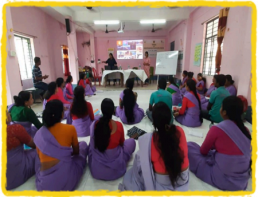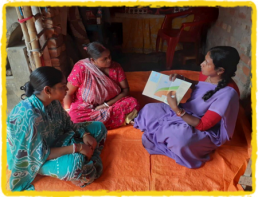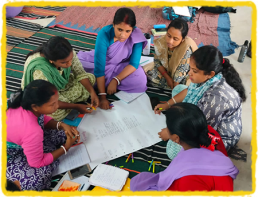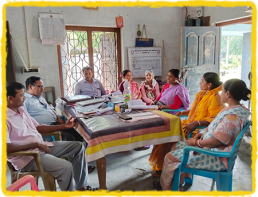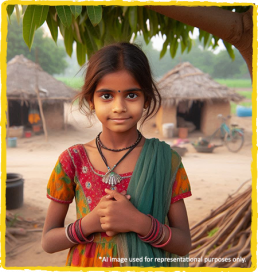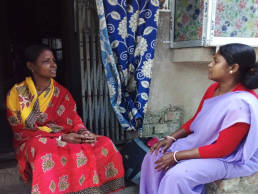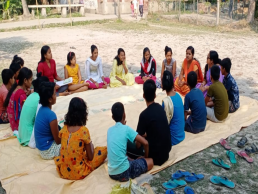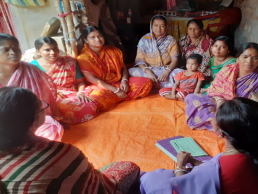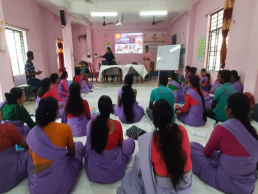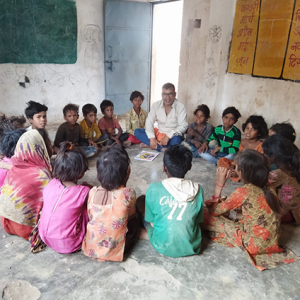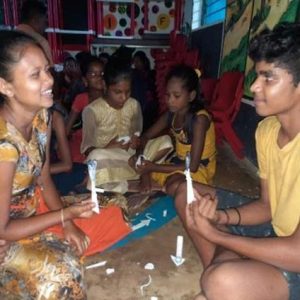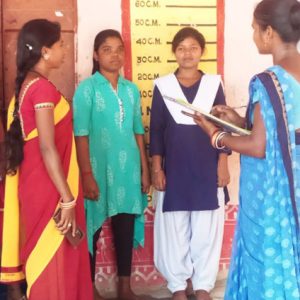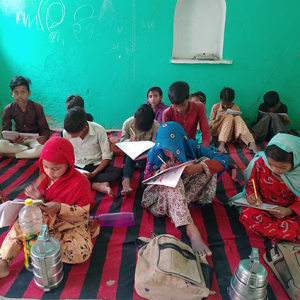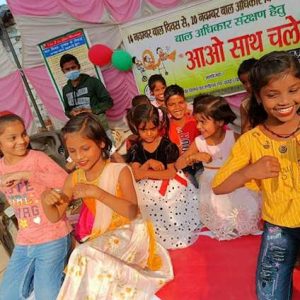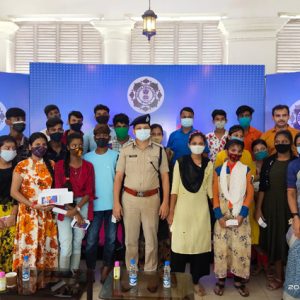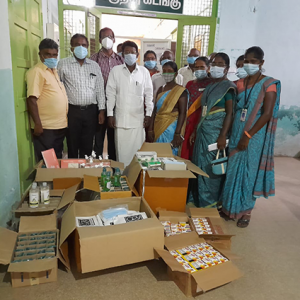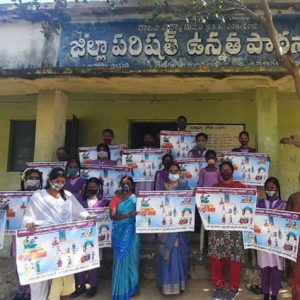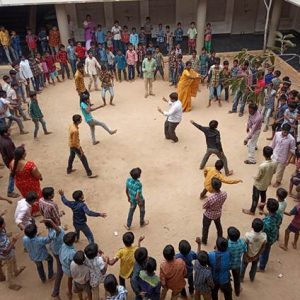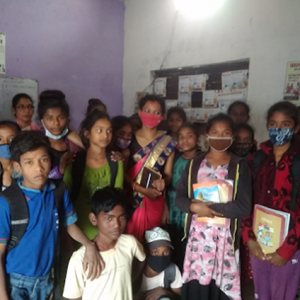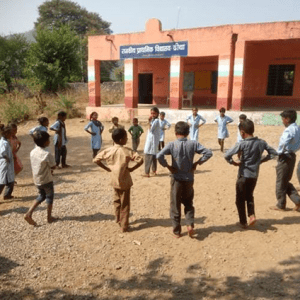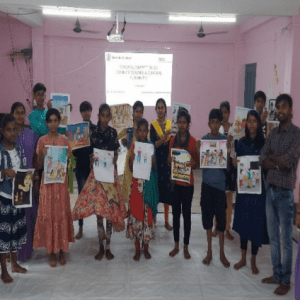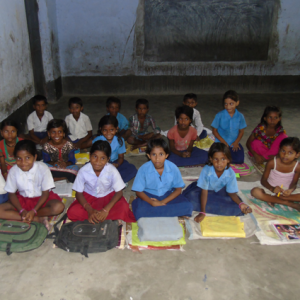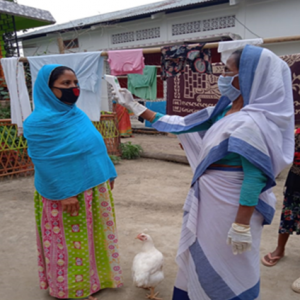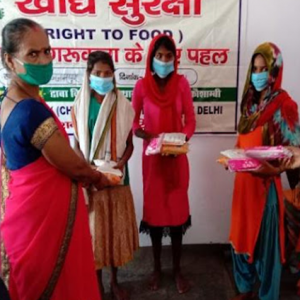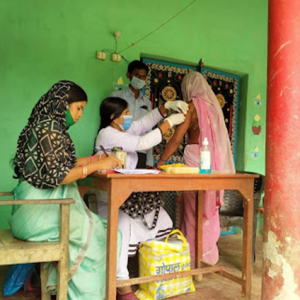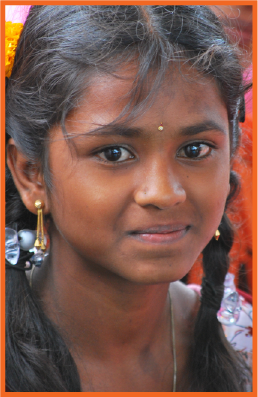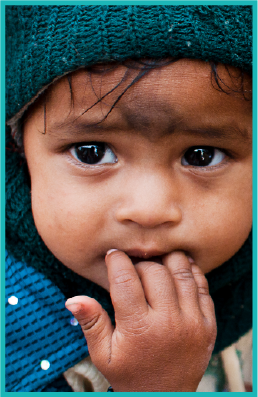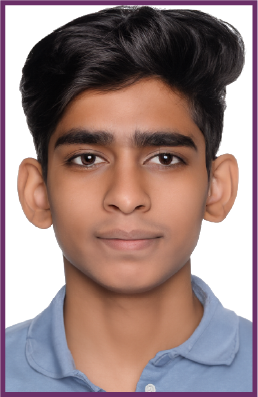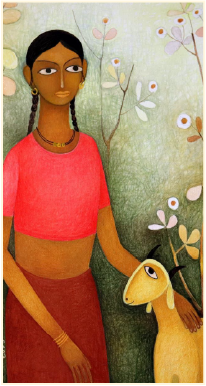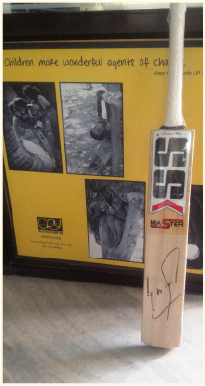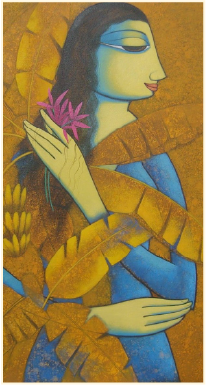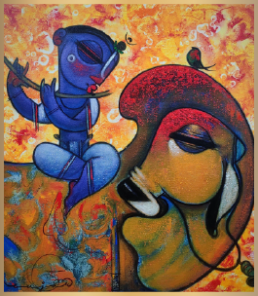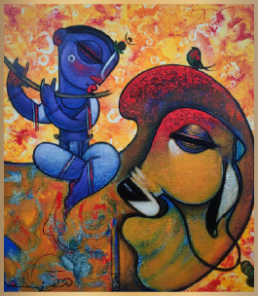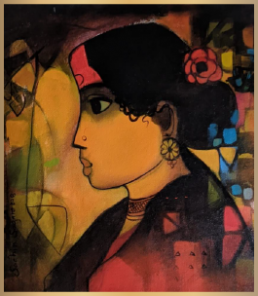Campaign Story
About the project
The communities who live in the southernmost Sundarban island region are typically identified as socio-economically backward, owing to their remoteness and isolation. SSDC has been in partnership with Save the Children (Bal Raksha Bharat) in implementing the “Protecting Children through Capacitated Workforce” project. Working at the confluence of public awareness, community ownership, and policy implementation, SSDC endeavors to protect children from risks and harmful practices – including but not limited to child labor, child marriage and trafficking. The project covers 162 villages in total.
This Project is fully funded by the Oak foundation.
Making a difference
There are myriad essential inputs that ensure a functional Child Protection Workforce. Among these are a thorough comprehension of child rights and child-protection issues, technical proficiency in identification and monitoring of vulnerable children, case intervention practices, and a mission-driven attitude toward coordination with varied stakeholders. Along these lines, the project promotes development of village, block, Gram Panchayat, and district-level child protection committees. SSDC’s holistic approach to programming engages parents, children, school officials, and local governments on child-protection issues, and leverages public safety-net and poverty-alleviation resources to the benefit of low-income families.
The Way Forward
● Training of 235 Village-Level Child Protection Committees (VLCPCs) and 10 Gram Level Child Protection Committee (GLCPCs)
● 1 training of adolescent girls on sexual and reproductive health, and behaviour change communication
● Running 10 regular special learning centres for late bloom children of grade 3 to 5
● Conduct 10 street plays on child protection issues
● Develop intervention plans for 200 child protection cases.
The way forward
● Strengthen and promote community ownership of village-, block-, and district-level child protection mechanisms by fostering Community Cadres trained on child protection policy
● Complete capacity building of 105 VLCPC and BLCPC members and organize 30 coordination meetings with VLCPC, BLCPC and DCPU.
● Resolve 25 high-risk juvenile justice cases
● Conduct vulnerability assessment across 20 Gram Panchayats to assess the post-COVID status of child marriage, child trafficking and child labor
● Organize 240 child-rights awareness sessions with parents across 20 villages
● Produce evidence by documenting a minimum of 100 child protection cases electronically and 25 case studies as reference/resource material
Project Impact
200
Children group leaders trained on life skills
1,722
Families and children linked with various public welfare programs
418
Village Child Protection Committee members trained on case management
67
Cases pertaining to child marriage, child labor and child trafficking were referred to District Child Protection Unit
1722
Vulnerable families were linked with various social security programs
200
Children received life skills training
290
Vulnerable families linked with social security schemes












